
Browse an alphabetical list of articles about the Holocaust and World War II. Learn more about topics such as the Nazi rise to power, how and why the Holocaust happened, life in Nazi camps and ghettos, and the postwar trials.
<< Previous | Displaying results 51-74 of 78 for "Article" | Next >>
Facing overwhelming odds, Jews throughout occupied Europe attempted armed resistance against the Germans and their Axis partners.

Learn more about the Armenian Genocide, which was the physical annihilation of ethnic Armenian Christians living in the Ottoman Empire between 1915-1916.
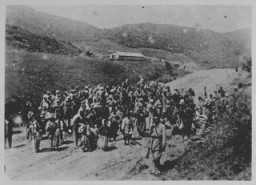
The Armenian genocide (1915–1916) is sometimes called the first genocide of the twentieth century.
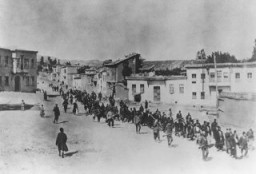
Arnold Zweig was a German novelist and playwright. The Nazis denounced him as a pacifist, and his works were burned in 1933. Learn more.
Allowing arrests without a warrant or judicial review was a key step in the process by which the Nazi regime moved Germany from a democracy to a dictatorship

György Beifeld, a Jewish conscript in the Hungarian army, created a visual memoir of his experiences on the eastern front in 1942–1943 as a member of a forced-labor battalion .
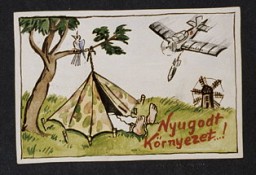
Brief overview of the charges against Arthur Seyss-Inquart, Reich Commissioner for the occupied Netherlands, during the International Military Tribunal at Nuremberg.
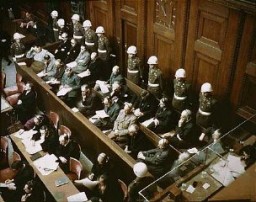
Article 48 allowed the German president to declare a state of emergency in times of national danger and effectively to rule as a dictator for short periods. Learn about its far-reaching effects.
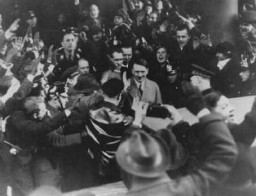
Ludwig Meidner was an Expressionist artist and poet. He was on the list of banned writers and artists in Nazi Germany. Monographs about him were burned in 1933.
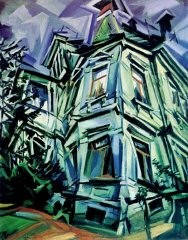
Adolf Hitler and the Nazi Party adapted, manipulated, and radicalized the unfounded belief in the existence of an "Aryan race." Learn about the term Aryan.

By the process of "Aryanization" in Nazi Germany from 1933 to 1945, Jewish-owned businesses and property were transferred to non-Jews. Learn more.
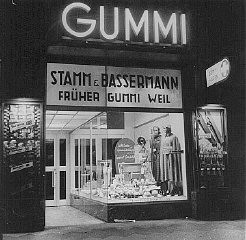
After WWII, prosecutors faced the challenge of assessing the guilt of propagandists whose words, images, and writings had supported Nazi brutality and mass murder.
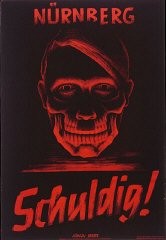
The Nazis established killing centers in German-occupied Europe to mass murder Jews. Learn more about what happened to Jewish people at these killing centers.
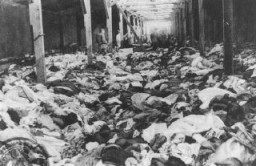
The Burmese military has targeted the Rohingya people because of their ethnic and religious identity. The military’s actions constitute genocide and crimes against humanity. Learn more
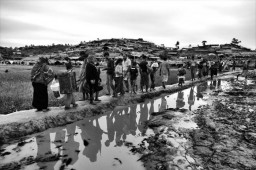
August Bebel was a German socialist and founder of the Social Democratic Workers’ Party. His work was burned during the Nazi book burnings of 1933. Learn more.
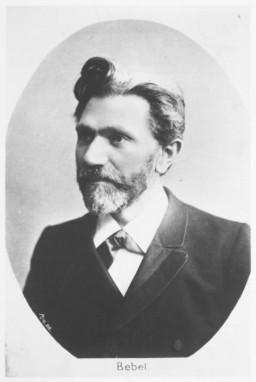
The Auschwitz camp system, located in German-occupied Poland, was a complex of 3 camps, including a killing center. Learn about the history of Auschwitz.
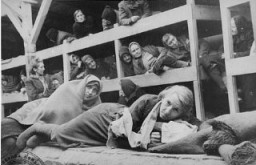
Auschwitz was the largest camp established by the Germans. It was a complex of camps, including a concentration camp, killing center, and forced-labor camp.
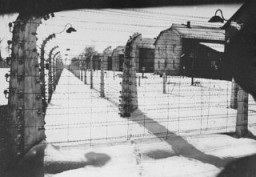
Explore a timeline of key events in the history of the Auschwitz camp complex in German-occupied Poland.
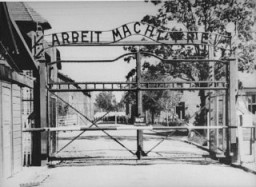
Karl Höcker’s album shows SS officers at events ranging from ceremonies to social gatherings, in stark contrast to other photographs from Auschwitz. Learn more.
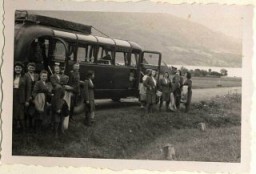
Karl Höcker’s album shows him in close contact to the main perpetrators at Auschwitz-Birkenau. Learn about his 1963 trial and the significance of his album.
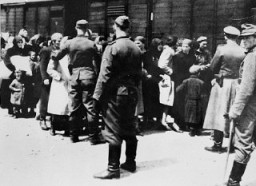
Learn about photographs contained in Karl Höcker’s album depicting official visits, ceremonies, and the social activities of the Auschwitz camp staff.
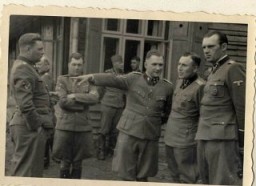
Learn about the German annexation of Austria, the establishment of Nazi camps, Kristallnacht, and deportations from Austria during the Holocaust.
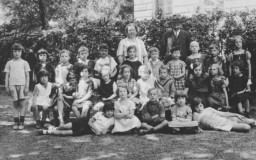
Learn about the Kovno ghetto diary and other documents Avraham Tory saved in a secret archive that documented life in the ghetto.
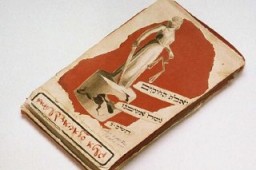
The three principal partners in the Axis alliance were Germany, Italy, and Japan. Learn more about the Axis powers in WW2.
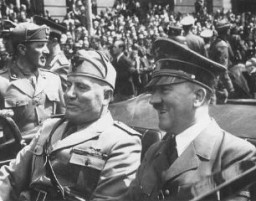
We would like to thank Crown Family Philanthropies, Abe and Ida Cooper Foundation, the Claims Conference, EVZ, and BMF for supporting the ongoing work to create content and resources for the Holocaust Encyclopedia. View the list of donor acknowledgement.